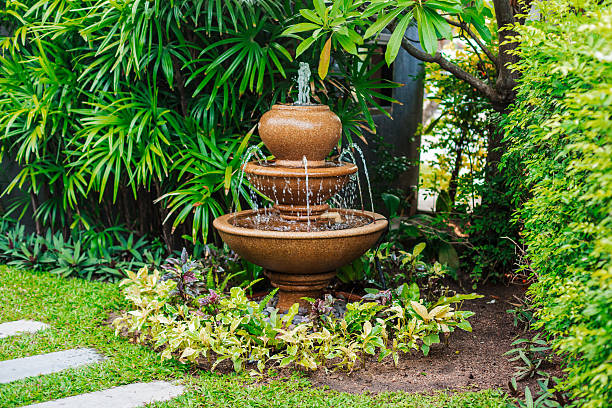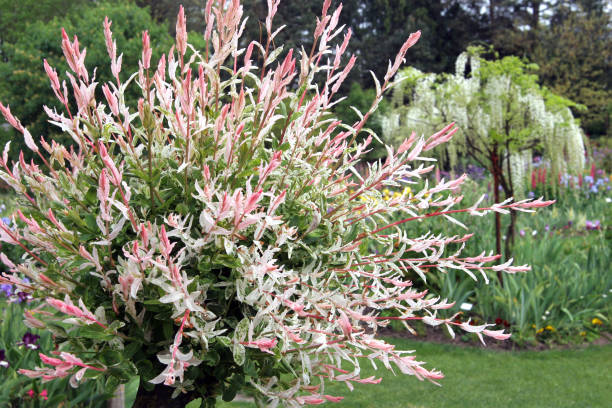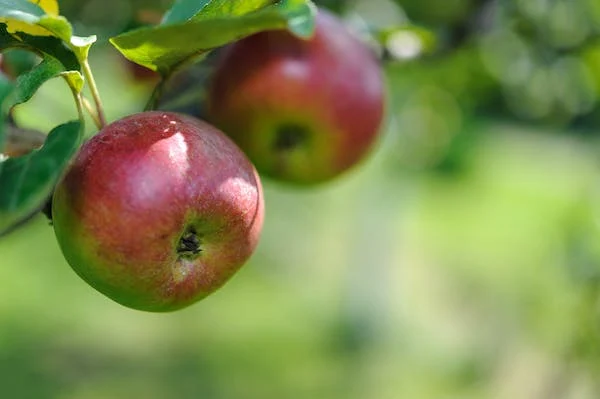How to get rid of Garden Pond? 3 Best Actions for transforming garden
Removing a garden pond can be a significant project, and it’s advisable to seek professional help for certain aspects, especially if it involves complex equipment or extensive landscaping changes.
Additionally, consider the environmental impact and local regulations when disposing of pond water and waste.
How to get rid of Garden Pond?
Removing a garden pond is a multi-step process that requires careful planning and consideration. Here are the general steps to follow:

Prepare and Plan:
Assess the size and depth of the pond. Determine where you’ll relocate any fish, plants, or wildlife.
Check local regulations and permits that may be required.
Drain the Pond:
Use a submersible pump to gradually drain the water into a safe location, avoiding flooding or erosion.
Remove Fish and Plants:
Catch and relocate any fish to a suitable pond or aquarium. Carefully remove aquatic plants for transplanting or disposal.
Remove Debris:
Scoop out any remaining debris, rocks, or sediments from the bottom of the pond.
Dismantle Pond Features:
Remove pumps, filters, and other equipment. Take apart any decorative features, like rocks or statues.
Fill the Hole:
Fill the empty pond cavity with soil, gravel, or a mix of both to achieve the desired ground level.
Replant and Re-landscape:
Replant the area with grass, shrubs, or other landscaping elements as desired.
Dispose of Waste:
Properly dispose of any waste material, including old liners, rocks, and other pond components.
Restore and Clean Up:
Smooth the area, water it, and clean up the surroundings.
Maintain as Needed:
Continue to monitor the filled area to ensure it settles properly and make any adjustments as necessary.
Why remove a garden pond?
There could be various reasons for removing a garden pond, including:
Maintenance:
Ponds require regular upkeep, including cleaning, filtering, and balancing the ecosystem. Some people may find this maintenance too time-consuming.
Safety concerns:
Ponds can pose a safety risk, especially for families with young children or pets. Removing the pond can eliminate this hazard.
Aesthetic changes:
Your garden’s design and your personal preferences may evolve, and you might want to replace the pond with a different landscaping feature.
Water conservation:
In regions with water scarcity, people might choose to remove a pond to conserve water resources.
Cost considerations:
Ponds can be expensive to install and maintain, and some may opt to remove them to reduce costs.
3 Best Actions for Transforming Garden:
Transforming your garden pond offers various options for enhancing its aesthetics and functionality. Here are three actions to consider:
Renovation of Pond:
There are methods for the renovation of a pond. The following are the steps:
Assessment:
Begin by assessing the current state of your pond, and identifying any issues like leaks, damaged liners, or overgrown vegetation.
Repair and Upgrade:
Repair any structural issues, replace damaged liners, and upgrade the filtration and circulation systems if necessary.
Aesthetic Improvements:
Enhance the visual appeal by adding new plants, rocks, and lighting. Consider changing the shape or size of the pond to better suit your preferences.
Transform Your Pond into a Pondless Water Feature:
Digression:
Remove the existing pond by draining it, removing the liner and rocks, and levelling the area.
Pondless Basin:
Create a reservoir or basin below ground to collect and recirculate the water. This design is safer, especially for families with children.
Waterfall or Stream:
Add a waterfall, stream, or decorative fountain to create a visually pleasing water feature without the need for a traditional pond.
Turn It into a Fountainscape:
Pond Conversion:
Remove the pond liner and rocks, or repurpose the pond’s shape to accommodate a new water feature.
Fountain Installation:
Install one or more decorative fountains in the area, which can provide an elegant and tranquil ambience to your garden.

Landscaping:
Enhance the surroundings with appropriate landscaping, such as flowers, shrubs, or decorative elements that complement the fountainscape.
These actions allow you to adapt your garden pond to your changing preferences and needs, whether you want to renovate it for a traditional pond, transform it into a pondless feature for safety, or create a fountainscape for a different aesthetic.
Consider your budget, maintenance requirements, and the overall design of your garden when making your choice.
Frequently Asked Questions.
How do I start the process of removing my garden pond?
Start by assessing the size and scope of the project, including necessary equipment and permits.
Do I need any permits to remove my garden pond?
Check with your local authorities to see if you need any permits or approvals for pond removal.
How do I drain the water from my pond?
You can use a submersible pump to gradually drain the water to a safe location, ensuring it doesn’t cause flooding.
What should I do with the fish and plants in the pond?
Catch and relocate the fish to a suitable pond or aquarium, and carefully remove and transplant aquatic plants.
How do I dispose of the waste material from the pond?
Dispose of waste material like old liners, rocks, and pond components properly, considering environmental regulations.
Can I repurpose the pond materials, like rocks and liners?
Yes, you can repurpose these materials in your landscaping or other garden projects.
What should I do with the hole left after removing the pond?
Fill the hole with soil or gravel to achieve the desired ground level and ensure proper settling.
How can I re-landscape the area after pond removal?
Replant the area with grass, shrubs, or other landscaping elements that suit your preferences.
Do I need professional help for pond removal, or can I do it myself?
The complexity of the project and your level of expertise will determine whether professional help is needed.
What are the potential challenges or environmental considerations when removing a garden pond?
Consider challenges like disposal of waste, potential impacts on local ecosystems, and adherence to environmental regulations.




